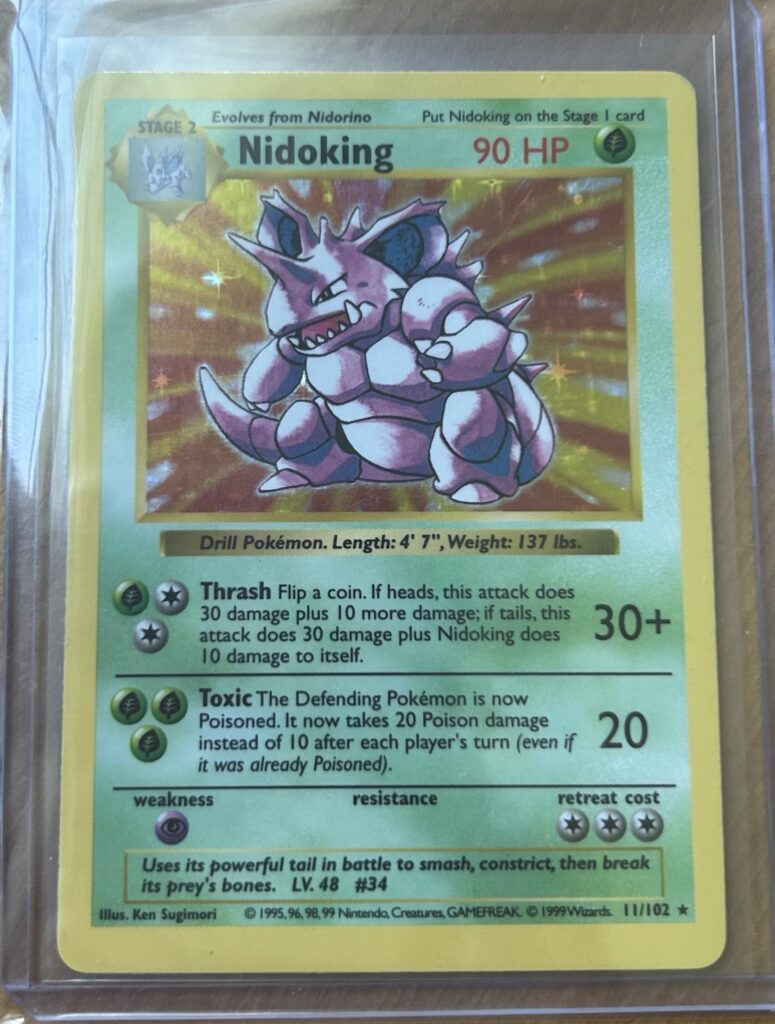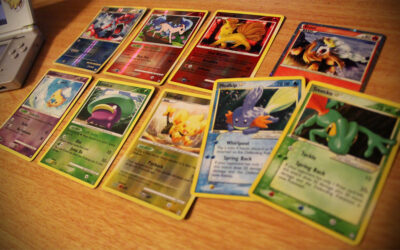At CardSZN, we spend a lot of time talking about flips, undervalued players, and how to build value in your collection. But there’s one part of the financial game that even seasoned collectors tend to overlook — where the rest of your money is disappearing.
We’re not talking about wax or grading fees. We’re talking about the small, daily expenses that quietly bleed your cash without setting off any alarms. You’ve probably said something like, “I don’t really spend that much.” But odds are, your bank account tells a different story.
There’s a behavioral reason for this: most people forget or mentally skip over a huge chunk of their non-essential spending. A $3 app subscription. An energy drink on the way to work. Rounding up a tip on delivery. None of these feel like real purchases — so they don’t get logged in your brain. But over weeks or months? They absolutely stack up.
This is where something called mental accounting kicks in. It’s your brain’s way of sorting money into different “buckets.” A $60 booster box feels like a real spend. But $5 on random snacks or shipping upgrades? That goes into a psychological blind spot — and that’s the danger zone.
We recently came across a breakdown over at Earnology, a blog that focuses on personal finance for Gen X and millennials. One of their recent posts dives deep into why your brain hides small purchases, how those leaks add up, and most importantly — how to fix it without becoming a spreadsheet zombie.
What we liked about the post is that it skips the preachy “stop buying coffee” advice and instead offers a behavior-first approach. The Earnology method focuses on tracking what your brain forgets, not trying to obsess over every cent. It suggests simple systems like:
- Using a physical notebook for 7 days to catch hidden patterns
- Labeling every purchase as a Need, Want, or Leak
- Doing weekly reviews based on how spending made you feel — not just totals
This isn’t just useful for personal finance nerds — it applies directly to the way collectors manage profits, hobby spending, and real-life cash flow. If you’ve ever flipped a card for $40 profit and felt like it vanished by the weekend, this article will explain why.
Bottom line: If you want to keep more of what you earn — from cards or side income — start by fixing the money habits you’re not even seeing.




0 Comments